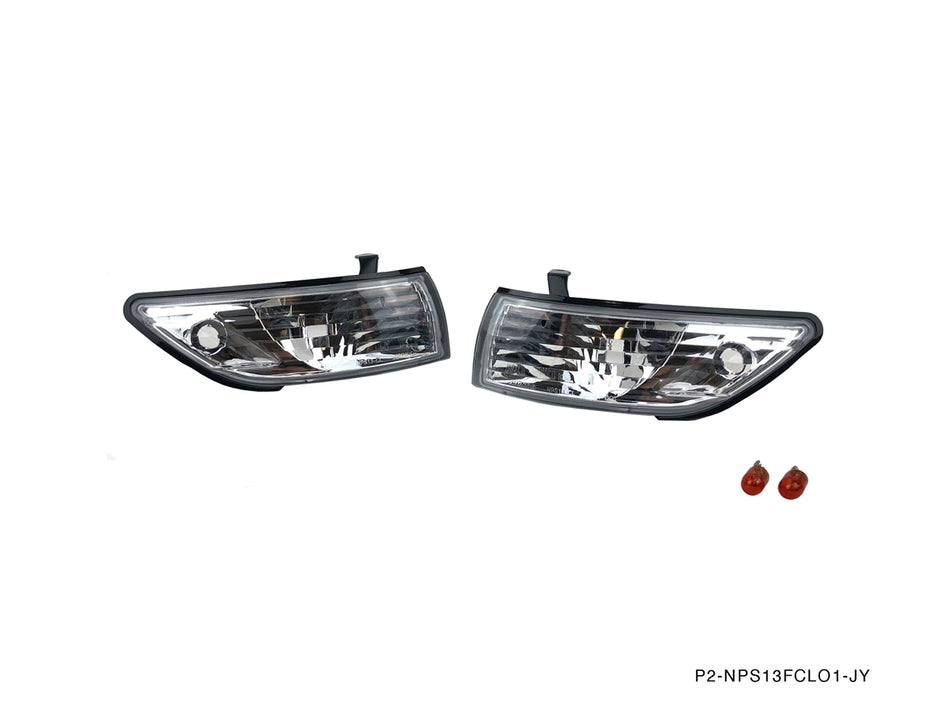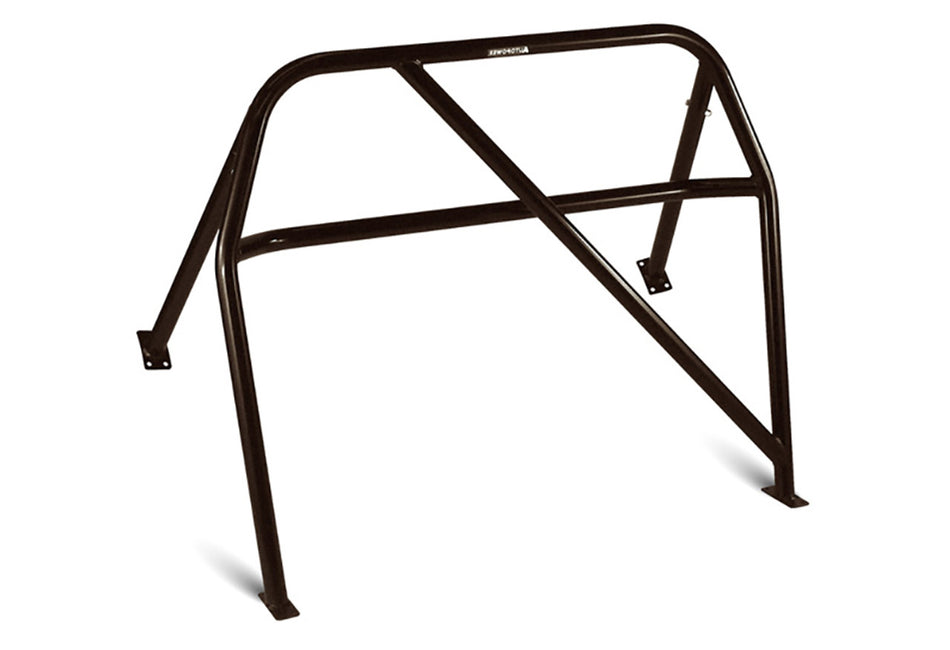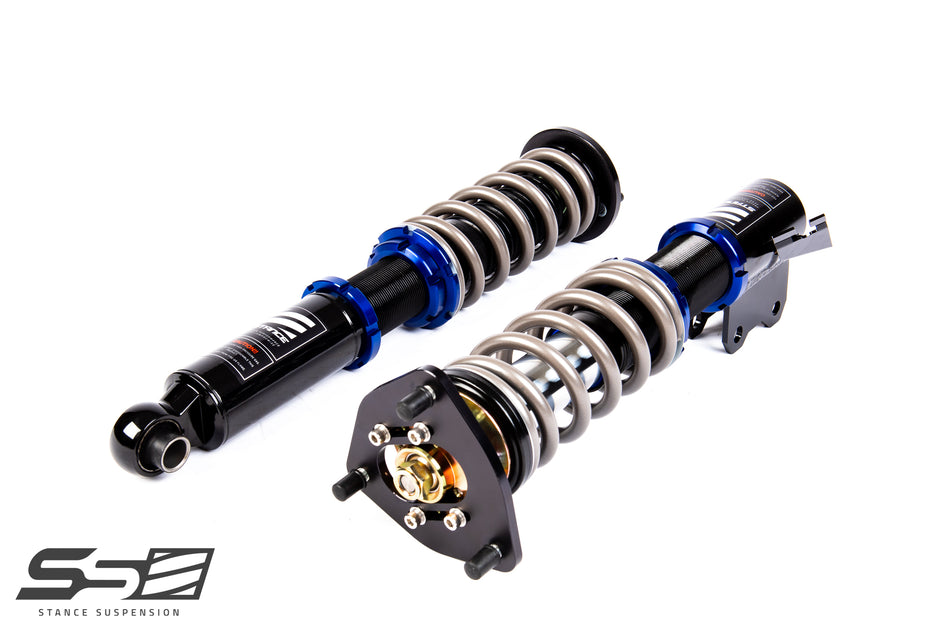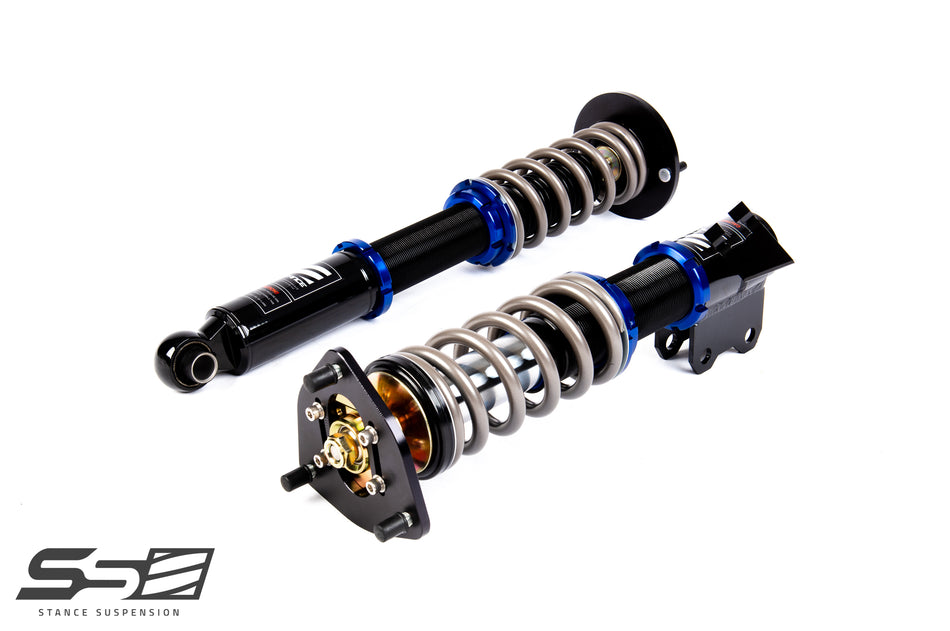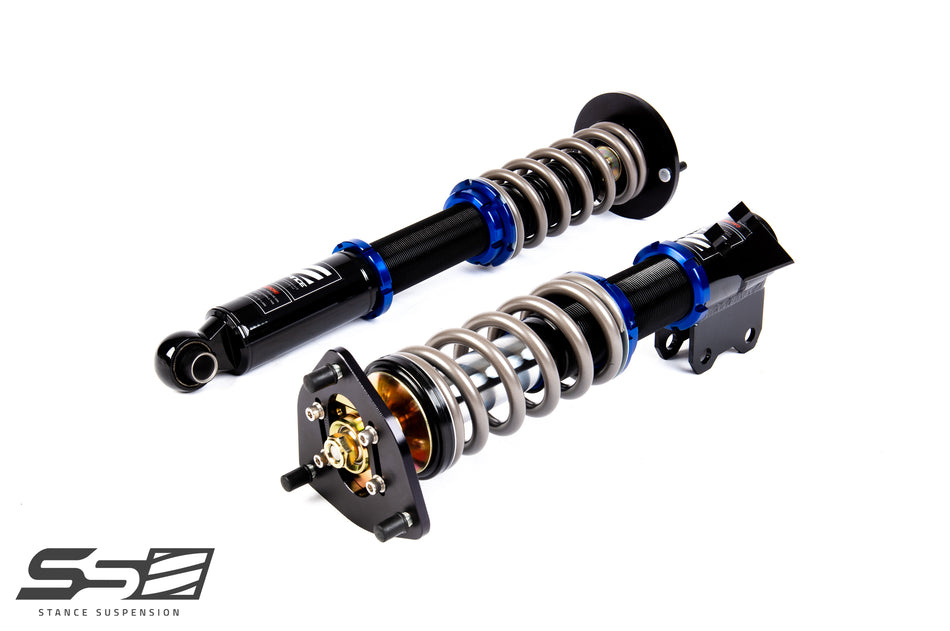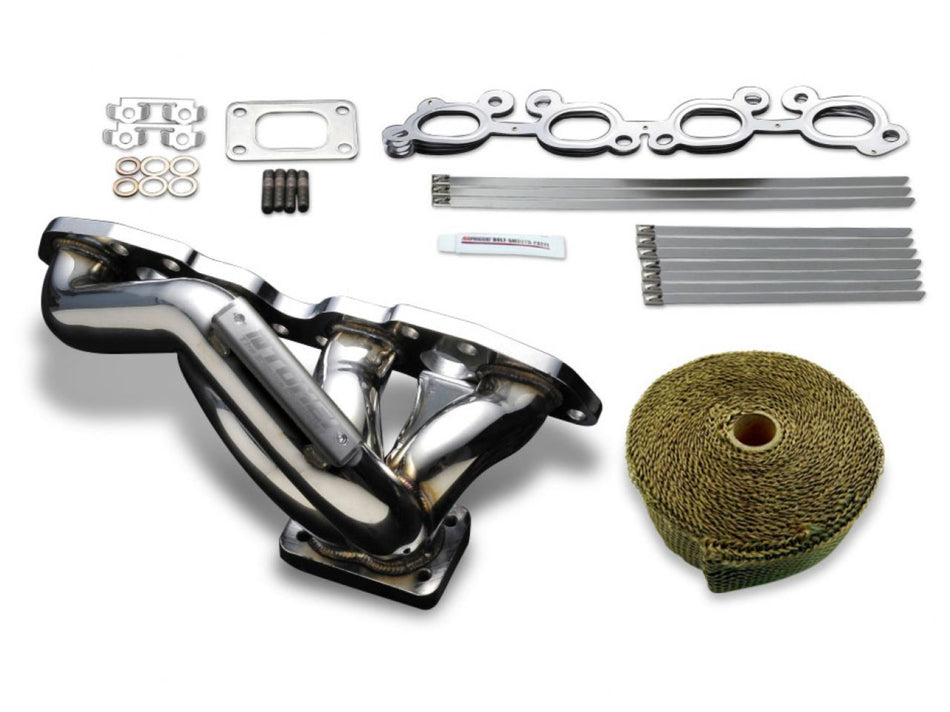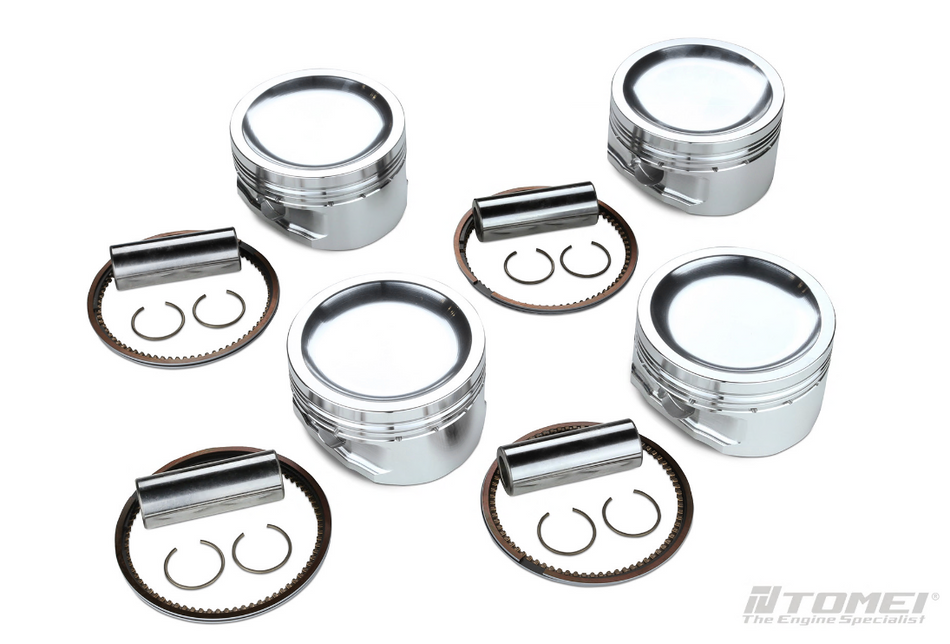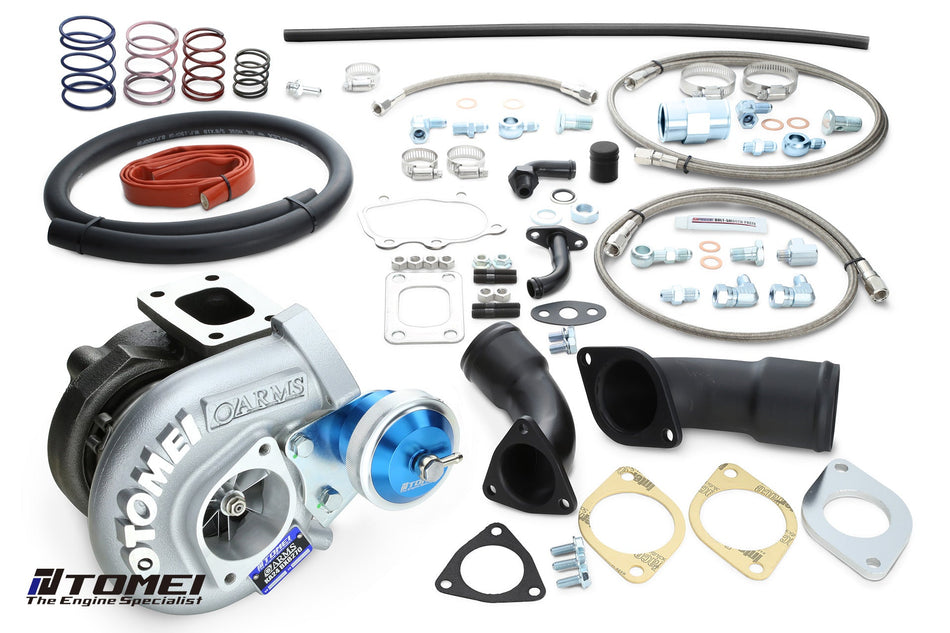- Engine Options: The S-Chassis cars were equipped with a range of engines, including turbocharged and naturally aspirated options. Engine displacements typically ranged from 1.8 to 2.0 and 2.4 liters, providing a balance of power and efficiency.
- Power Output: Depending on the specific model and generation, power outputs varied. These cars offered horsepower figures ranging from around 150 to 250+ horsepower, with some high-performance variants reaching even higher numbers.
- Drivetrain: All S-Chassis models featured rear-wheel drive, contributing to their sporty handling characteristics. This drivetrain layout allowed for controlled drifts and responsive cornering.
- Transmission: Manual transmissions were common in the S-Chassis lineup, with some models offering optional automatic transmissions. The manual gearbox added to the engaging driving experience and the potential for precision control.
- Suspension and Handling: The S-Chassis cars were known for their well-balanced suspension setups, which combined with a lightweight chassis for excellent handling. MacPherson strut front and multi-link rear suspension configurations helped deliver responsive and predictable cornering dynamics.
- Styling: The S-Chassis cars featured sleek and aerodynamic designs, often with distinctive features such as pop-up headlights, aggressive front fascias, and rear spoilers. The S-Chassis models are recognized for their timeless and appealing designs.
- Modifiability: One of the most significant aspects of the S-Chassis is their popularity within the aftermarket tuning and drifting communities. These cars are known for their modifiability, allowing enthusiasts to enhance performance, handling, and appearance through various aftermarket parts.
- Cultural Impact: The S-Chassis cars played a role in popularizing drifting as a motorsport discipline, particularly in Japan and internationally. They became icons in the import tuner and drift scenes, with a strong presence in motorsports events and media.
- Legacy: The S-Chassis lineup left a lasting impact on the automotive world, with many enthusiasts continuing to appreciate and modify these cars even years after their production ceased. The unique combination of performance, style, and customizability has contributed to their enduring popularity.
Additionally, aesthetic modifications allow enthusiasts to personalize the appearance of their S-chassis cars, with options like body kits, wheels, and paint schemes. Interior upgrades, such as sportier seats and steering wheels, contribute to a more engaging driving experience.
Nissan's S-chassis aftermarket community thrives on a culture of customization, creativity, and track-oriented performance. Enthusiasts frequently participate in motorsport events, drift competitions, and car meets, showcasing their modified S-chassis vehicles. The availability of aftermarket parts and the strong online community provide a platform for enthusiasts to share knowledge, showcase their builds, and seek advice from fellow enthusiasts.

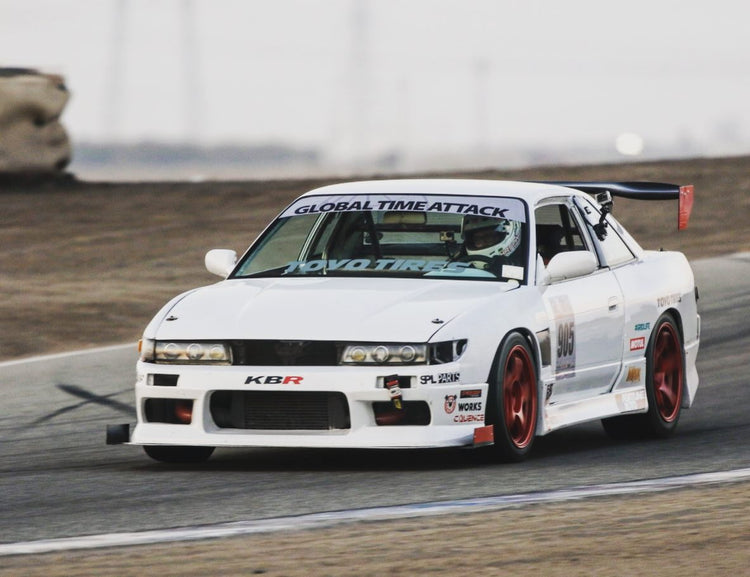

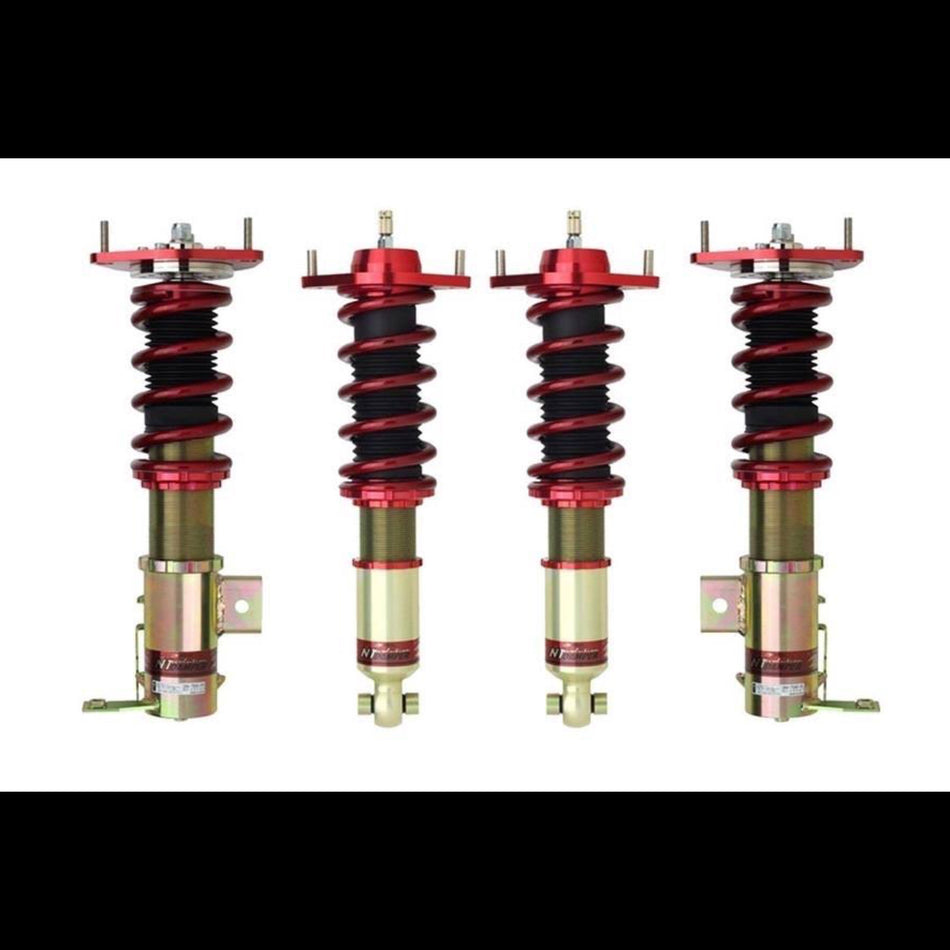
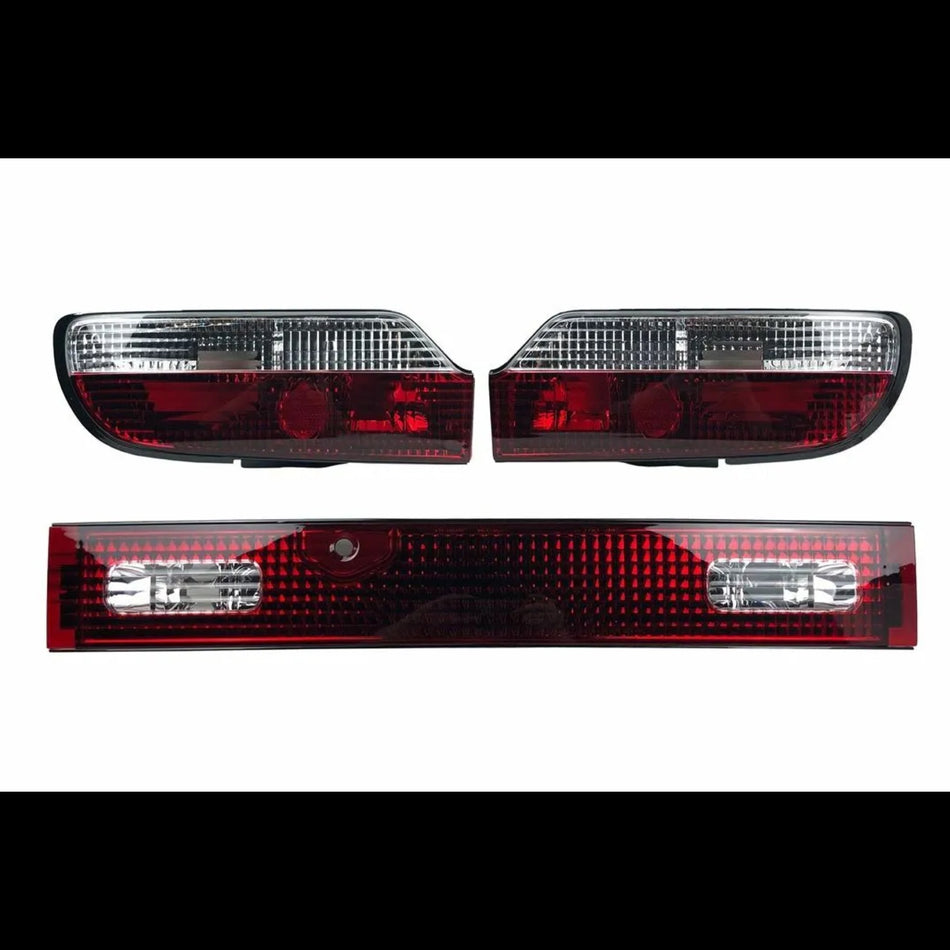
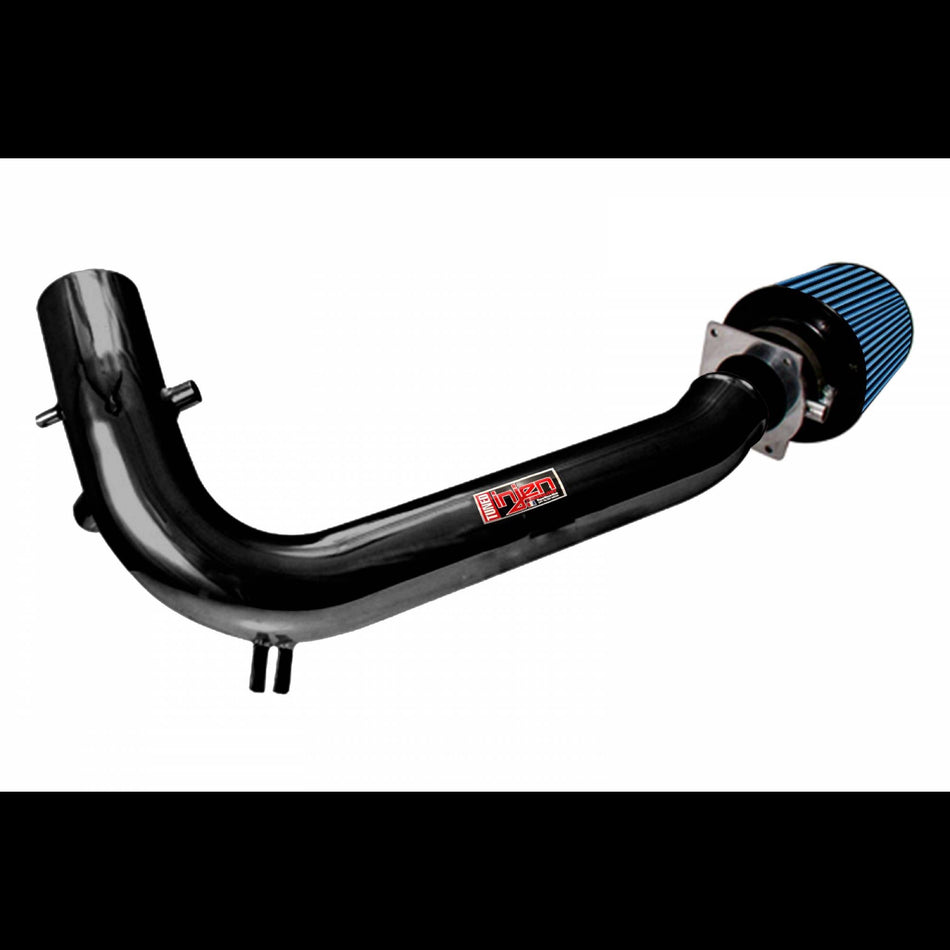
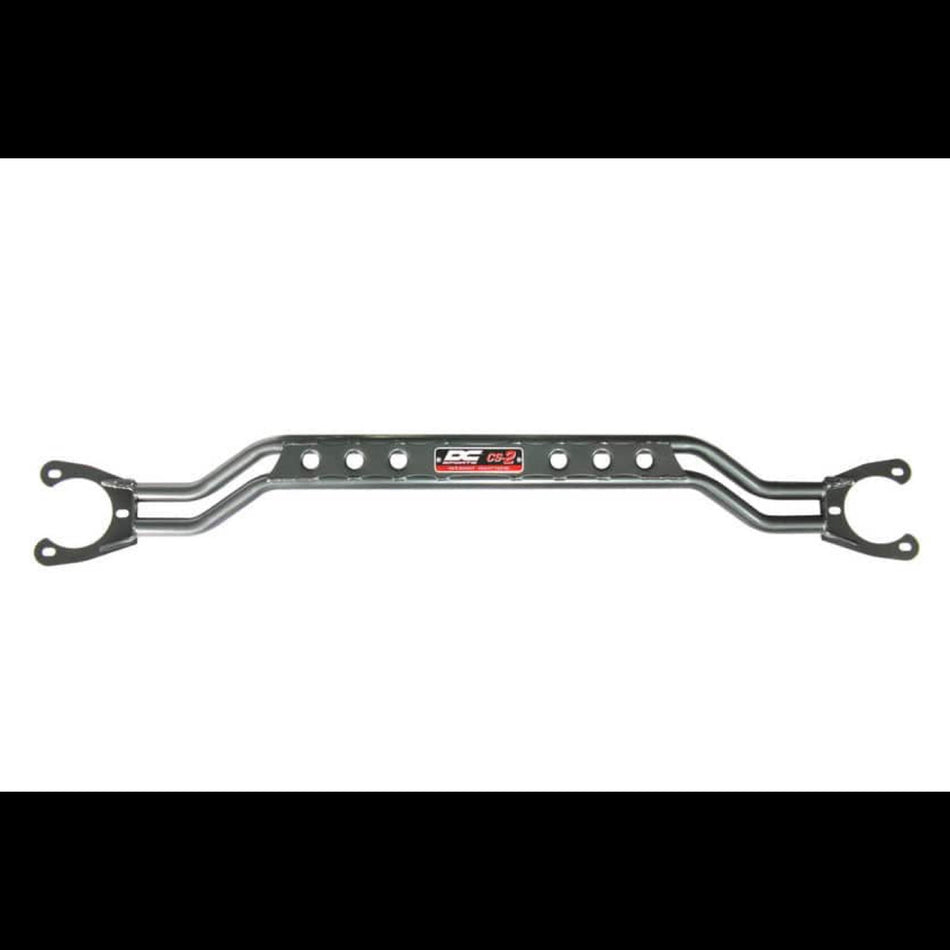



![Nissan S14 SILVIA KOUKI Front Turn Signal Lamp [JDM BUMPER ONLY] - P2-NS1497FTS01-JY](http://9aftermarket.com/cdn/shop/files/NissanS14SILVIAKOUKIFrontTurnSignalLamp_JDMBUMPERONLY_-P2-NS1497FTS01-JY.jpg?v=1701383703&width=950)
